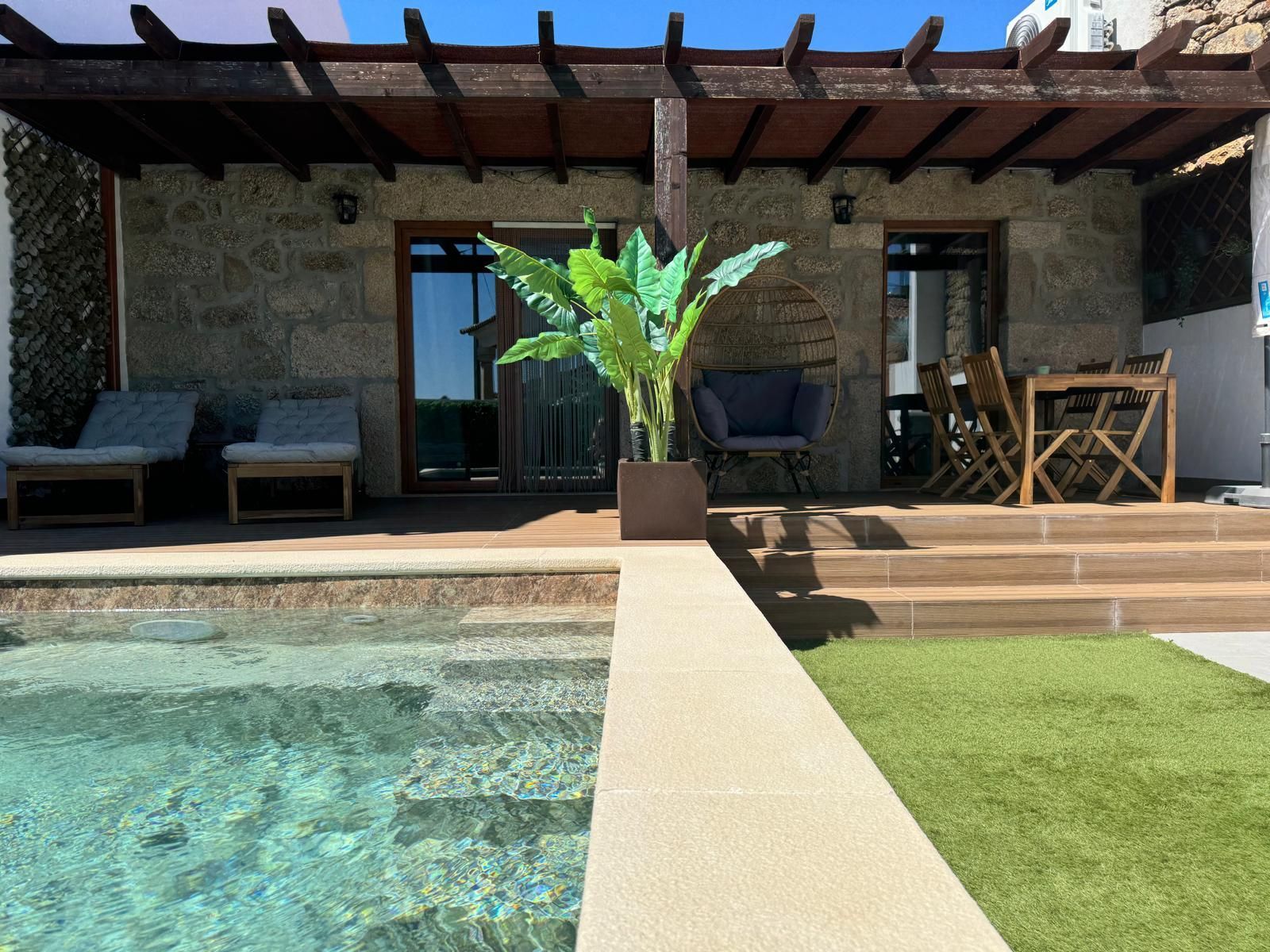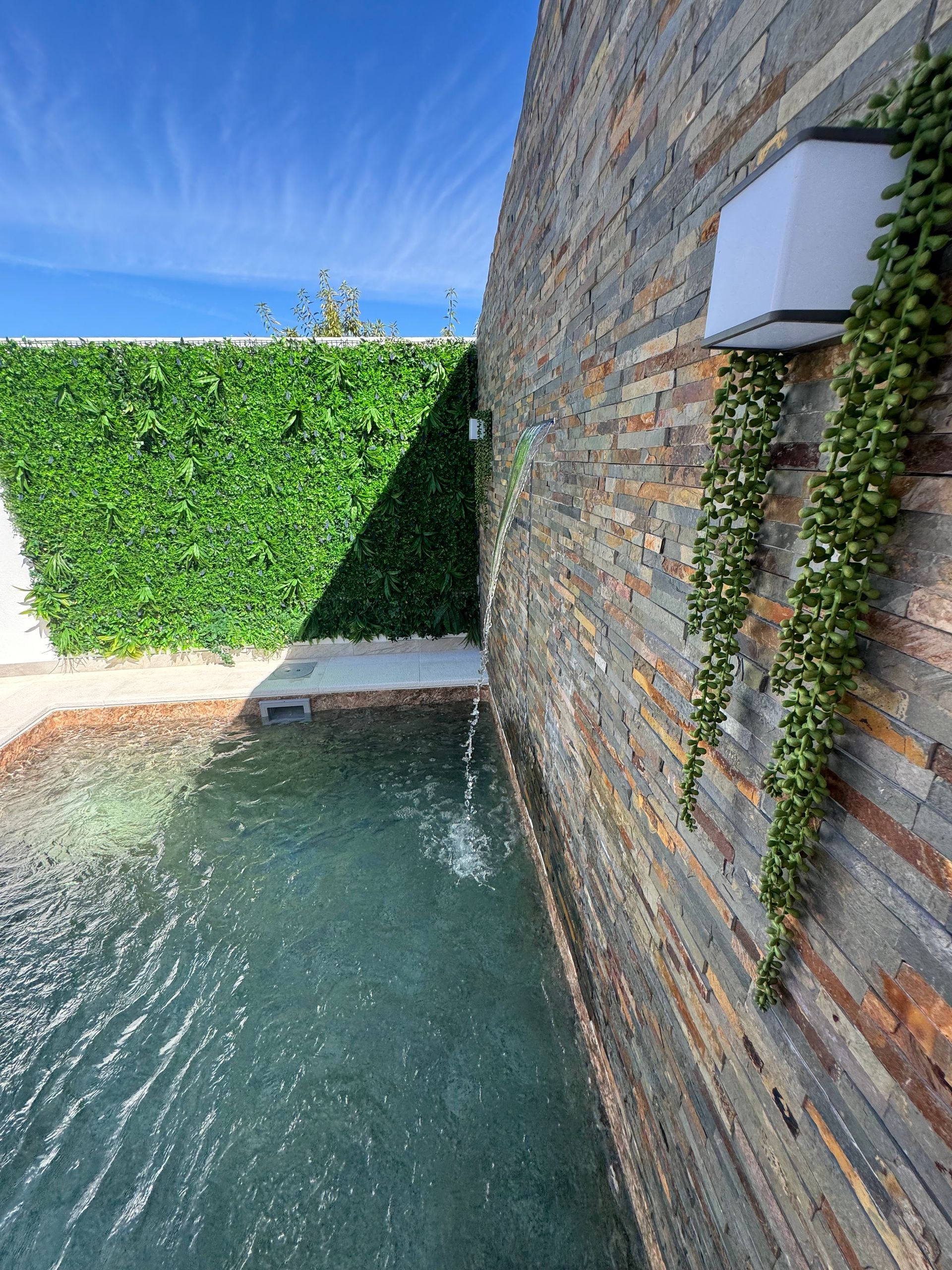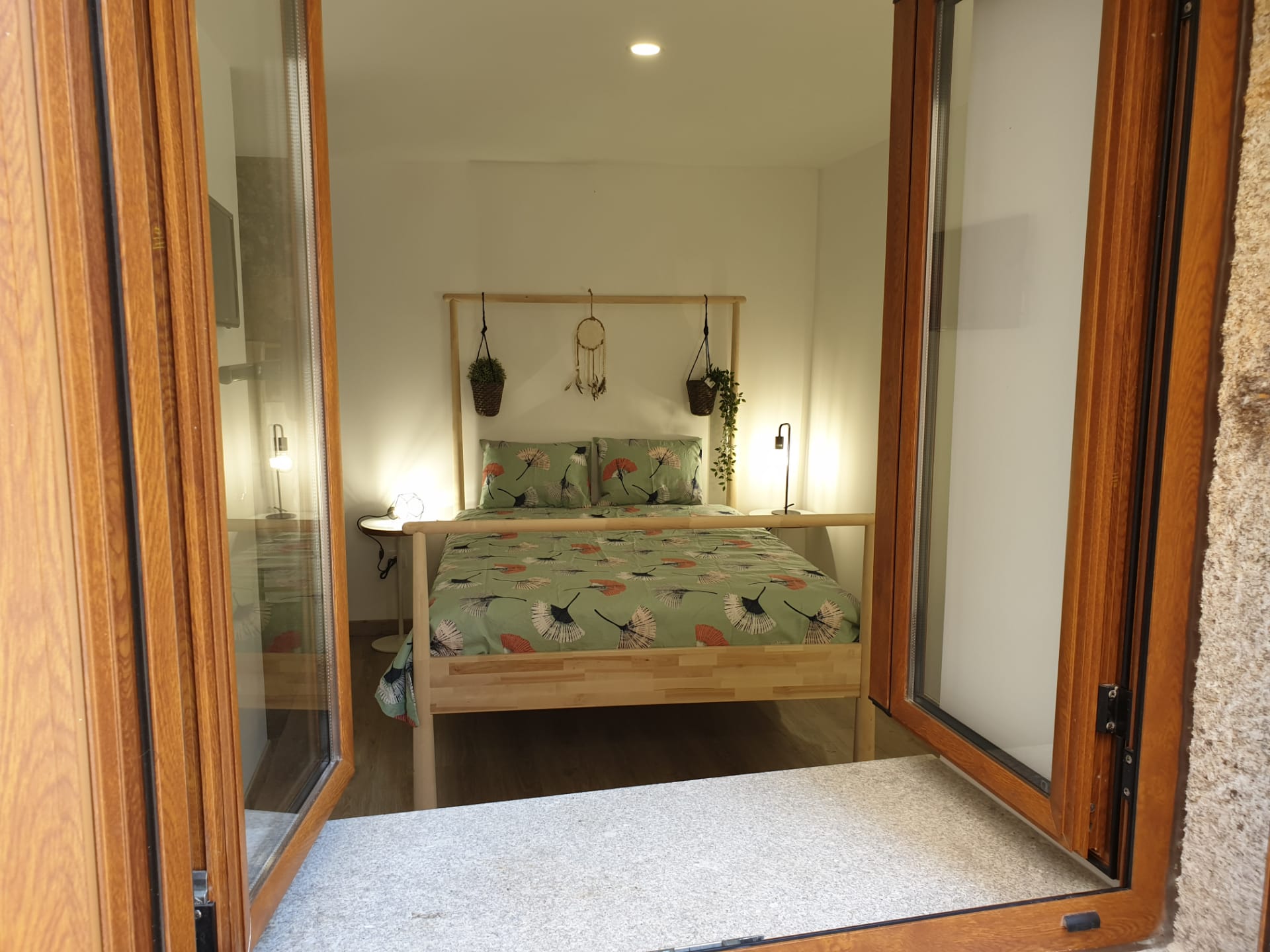In the heart of nature
Casas BemHaja are located in the village of S. Miguel de Acha, located in Beira Baixa, 12 km from Idanha a Nova. The village is located in a central area for those who want to know the area and discover the corners of our history. With several points of interest to visit both in the village and in neighboring villages.
For lovers of trails and river beaches this will also be a great option, as it is close to several options, such as, for example, Penha Garcia, Monsanto, etc.
A village of traditions
Janeiras
Singing Janeiras is a Portuguese tradition that consists of meeting groups that, singing door to door, wish people a happy new year. Musical instruments can be used, such as the tambourine, flute, viola, accordion and bass drum in the accompaniment. The songs are usually known and the lyrics vary from locality to locality, they are sung on the 6th of January, on Kings Day.
Ordering of Souls
The “commissioning of souls” is a tradition that continues to this day. During Lent, already dark at night, by candlelight or oil lanterns, groups of cloaked men and women with their traditional black shawls, met in the churchyard and in specific places in the village. There, in chorus, with a sad and sad tone, and full of anguish, songs in memory of the blessed souls of Purgatory.
Pig Slaughter
This tradition is one of the oldest in our land. It takes place between November and February. The oldest say that the killing must be on the 30th of November, in which the proverb says:
By Stº André kills the pig by the footIf he says what, what, ask him what time it isIf he says how, how about
Leave it for Christmas
The “Madeiro”
About fifteen or twenty days before Christmas, the young boys who go that year by lot (ordinary military inspection), get together and go out there in tractors (in the past they used to go with oxen joints) in order to uproot the “timber” (thick and voluminous old trunks from the driest cork oak trees, whose old and rotten trunk has already housed dozens of generations in its bosom) which, as in previous years, will burn in the middle of the square, next to the Mother Church to warm the Child . Enthusiasm dominates, as soon as you start to cut the “wood”, load it on top of the tractors and set them in motion. And there they go on their way to the village, five six or more tractors, well loaded, to the sound of confused racket and constant cheers to the “wood”. Parade finally arrives at the churchyard. The whole square is soon full of people, who full of curiosity, come to see that this is the “wood” of this year, and that, very soon, it will burn. The windows of the houses around it are crowded with people of all classes and ages, to watch unload and admire the size and volume of the “wood”. Then demonstrations broke out on all sides, to the friendly and brave boys, who, in order not to let the fire of a very remote tradition be extinguished, they went so far to seek it.
Mass of the Rooster
The Missa do Galo, also known as the Midnight Mass, is celebrated due to the fact that tradition says that Jesus was born at midnight. For Roman Catholics, this custom of attending this Mass began in the year 400.
It is called Missa do Galo, according to legend, the only time a cock crowed at midnight was on the night Jesus was born.
Another very old legend says that, before the stroke of twelve at midnight on December 24th, each farmer killed a rooster in memory of the one who sang three times when Peter denied Jesus, at the time of His death. Then the bird was taken to the church in order to be offered to the poor, who thus could see their Christmas lunch improved.












